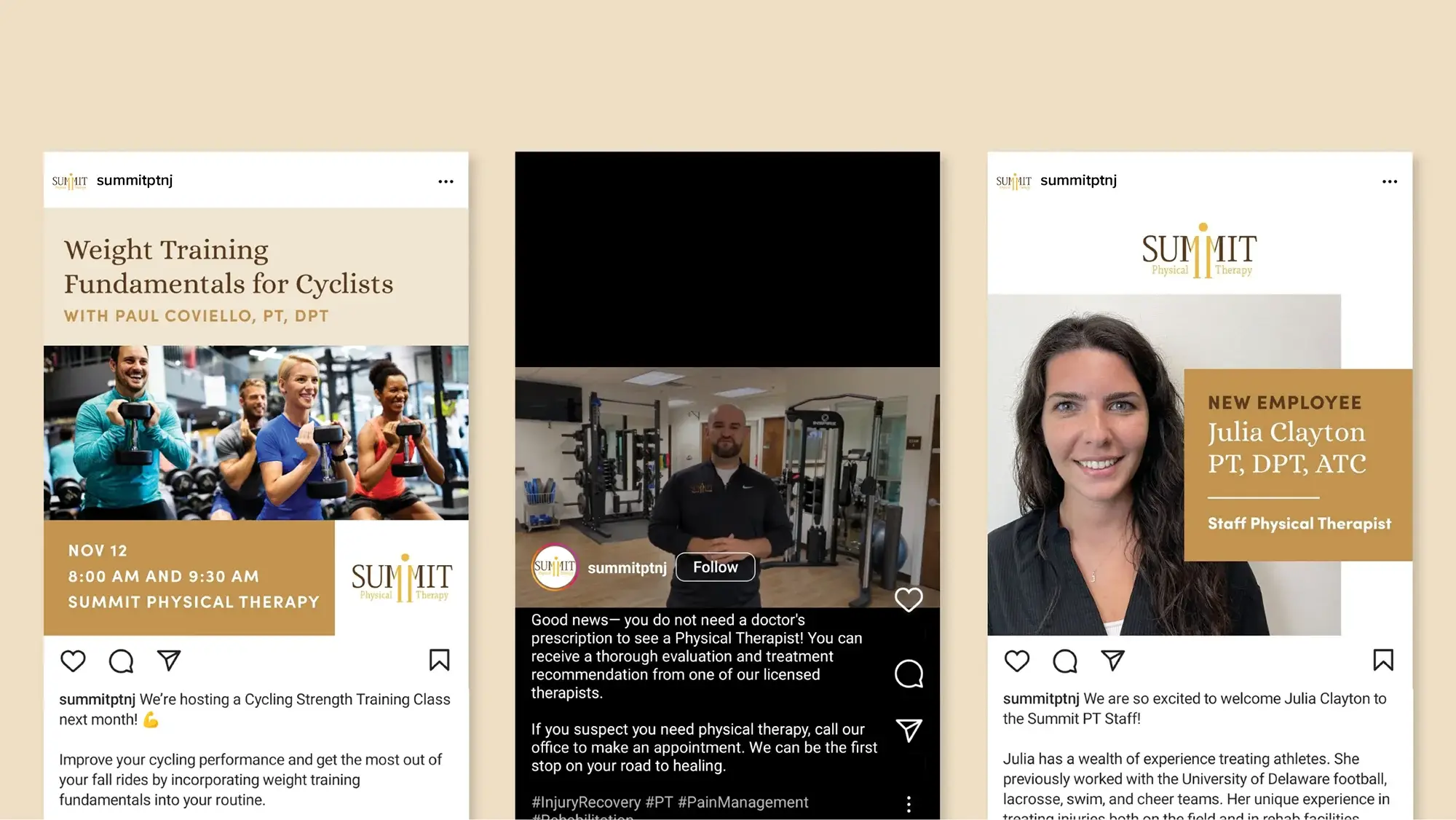Segmenting Donor Lists Means Better Marketing
Despite the turbulent economy, charitable giving has remained strong in 2022. This is good news for nonprofits, but reaching those donors effectively means fine-tuning your marketing efforts. The key to getting donors to give is engagement. Recently, we’ve written about the importance of A/B testing campaigns to find what messaging engages your audience the most. Email segmentation is another important factor to driving engagement. Segmenting your donor list — that is, categorizing your donors into groups in order to strategically target your appeals — will enable you to engage those supporters in a highly specific manner. If you’re not segmenting, you’re leaving money on the table. Here are five important segmentation methods for your donor list.
Segment Your Donor List By Geography
Depending on the size of the nonprofit, you can segment your donors by state, county, town, or even a variable-mile radius from your mailing address. This allows you to customize appeals for funds that could directly impact the region where the donor lives.

For example, an environmental organization may highlight their work preserving wetlands in their outreach to one geographical segment, but emphasize their clean air initiatives to another segment. Food banks can focus an appeal in a particularly hard-hit economic area, or increase outreach in a region recovering from a natural disaster like a flood or wildfire. Does your nonprofit have localized events or needs? Supporters who will be directly and positively affected by your efforts may feel a personal desire to get involved.
Segment Your Donor List By Giving Level
The donor who is giving $25,000 to a cause entails a different type of appeal than a donor who is making a $25 online donation. Major donors may be interested in ambitious projects or ground-breaking initiatives. They may be attracted by visible rewards, such as naming a building or scholarship fund. Targeting major donors can be a special challenge: appealing to their largesse, keeping them abreast of your organization’s challenges, and being mindful of their valuable time. Handling these donors clumsily could cost you significant funding.

Donors who give small amounts are most likely doing so because they feel a strong attachment to the cause. Appealing to these donors means keeping them engaged by describing the important work being done and the way their support directly helps that effort. Understanding the various levels your nonprofit attracts and why they give the amount they do will provide a way to emotionally connect with those supporters, increasing engagement with them.
Segment Your Donor List by LYBUNT
This acronym denotes the donor who gave Last Year But Unfortunately Not This Year. This segment is important because the donor gave already, indicating a desire to support you, but has a reason they did not contribute this year. Do they need a simple reminder? Have they been the victim of an economic downturn? Reengaging this donor can be huge: first-time donors don’t always give again. Moreover, retaining these donors is easier and more cost-effective than recruiting new ones.
Segment Your Donor List by SYBUNT
Donors who give Some Years But Unfortunately Not This Year are clearly attracted by the work of your nonprofit but may have any number of reasons for not supporting at present. What is their giving history? Reminding them of the great work you are doing and the crucial part they have played in the past may help these donors to stay engaged. Making them feel that they are a valued part of the work you do can keep them on board long term.
Segment Your Donor List by Interest
Creating a bond with a donor based on their interests can lead to sustained giving. What aspect of your nonprofit appeals to this donor? If you are a college, which of your alumni donors are interested in new chemistry labs? Studios for the film school? Scholarships for at-risk students who attended summer school? Understanding the backgrounds and interests of these supporters can help you craft a specific appeal based on that connection.

Donor segmentation means more effective email marketing for nonprofits. Bolstered by this data, you can create individualized email blasts with a call to action to capitalize on the profile of the donor. Website landing pages created for that segment should feature information or opportunities designed to specifically engage those supporters.
When was the last time you reviewed your donor segments?
If you are segmenting and still not seeing the results you want, contact Trillion. We can help you identify the right message for each segment, choose the most effective time to send communications, and ensure that your data are analyzed most effectively.






